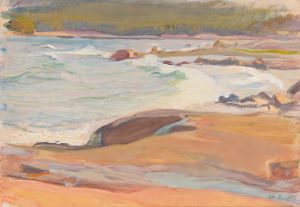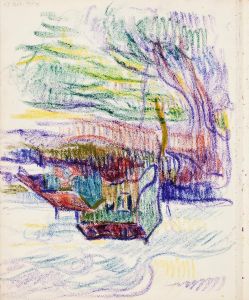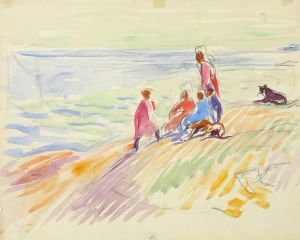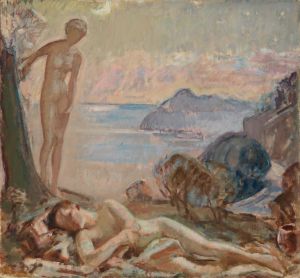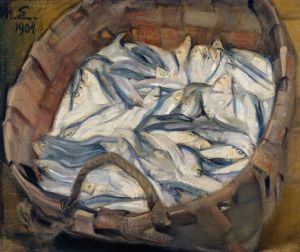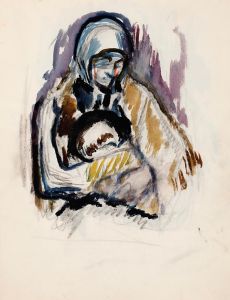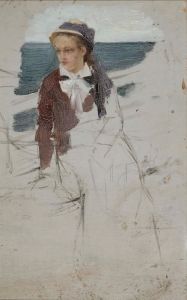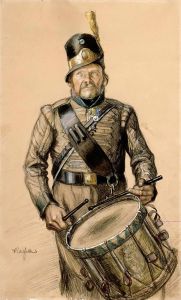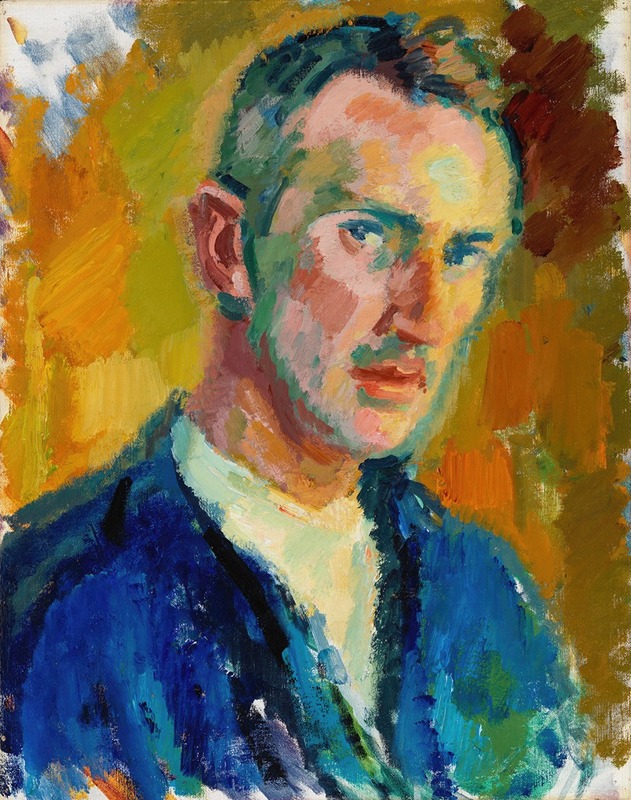
Self-Portrait
A hand-painted replica of Magnus Enckell’s masterpiece Self-Portrait, meticulously crafted by professional artists to capture the true essence of the original. Each piece is created with museum-quality canvas and rare mineral pigments, carefully painted by experienced artists with delicate brushstrokes and rich, layered colors to perfectly recreate the texture of the original artwork. Unlike machine-printed reproductions, this hand-painted version brings the painting to life, infused with the artist’s emotions and skill in every stroke. Whether for personal collection or home decoration, it instantly elevates the artistic atmosphere of any space.
Magnus Enckell's "Self-Portrait" is a notable work by the Finnish symbolist painter, who was an influential figure in the late 19th and early 20th centuries. Born on November 9, 1870, in Hamina, Finland, Enckell became a central figure in Finnish art, known for his contributions to the Symbolist movement and his exploration of themes such as introspection and the human psyche.
Enckell's "Self-Portrait" is a reflection of his artistic style, which often combined elements of symbolism with a focus on the inner life of his subjects. While specific details about the exact date of creation for this self-portrait are not widely documented, it is understood to be part of his broader body of work that spans several decades. Enckell's self-portraits are significant as they offer insight into his personal and artistic development over time.
The painting is characterized by its subtle use of color and light, which are hallmarks of Enckell's style. He often employed a muted palette, which can be seen in this self-portrait, to convey a sense of calm and introspection. The use of light in his paintings often serves to highlight the contours of the face and the expression, drawing the viewer's attention to the emotional state of the subject.
Enckell's approach to self-portraiture was influenced by his interest in symbolism and his desire to explore the deeper aspects of human existence. This is evident in the way he portrays himself, often with a contemplative expression, suggesting a moment of introspection or self-reflection. His self-portraits are not just literal representations but are imbued with a sense of searching for deeper meaning.
Throughout his career, Enckell was associated with the Finnish symbolist movement, which sought to express ideas and emotions through symbolic imagery. This movement was part of a broader European trend that included artists such as Edvard Munch and Gustav Klimt. Enckell's work, including his self-portraits, often reflects the themes of this movement, focusing on the exploration of the soul and the inner workings of the mind.
In addition to his self-portraits, Enckell is known for his other works that depict mythological and allegorical subjects. His paintings often feature figures in dreamlike settings, emphasizing the symbolic over the literal. This approach is consistent with his self-portraits, where the emphasis is on conveying an emotional or psychological state rather than a straightforward likeness.
Magnus Enckell's contribution to Finnish art and the Symbolist movement is significant, and his self-portraits remain an important part of his legacy. They offer a window into his artistic journey and his exploration of the human condition. Enckell passed away on November 27, 1925, in Stockholm, Sweden, but his work continues to be celebrated for its depth and introspective quality. His self-portraits, in particular, stand as a testament to his skill in capturing the complexities of the human spirit.





